
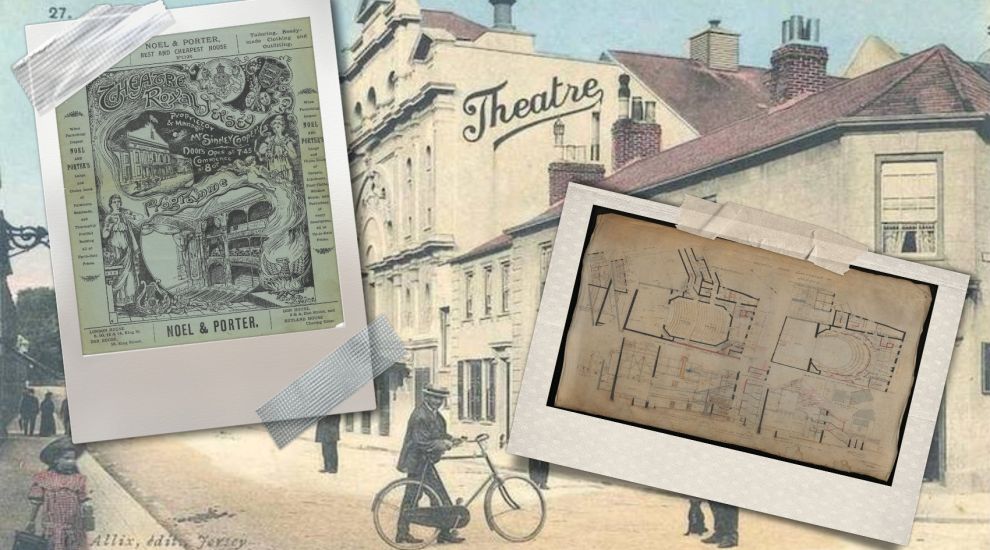

Theatregoers eagerly await the reopening of Jersey’s Opera House while it undergoes a major refurbishment. But 125 years ago, the theatre – then known as the Theatre Royal – had to be completely rebuilt after a catastrophic fire razed it to the ground.
The disaster took place overnight on 28 March 1899 and was thought to have started in the Theatre’s dressing rooms. According to the Evening Post, a rehearsal of the pantomime, ‘Red Riding Hood’, had taken place that evening.
The practise concluded at 22:30 with the Theatre’s caretaker, Mr J Le Cras, making his rounds of the property at 23:15 to ensure that everything was safe, and the gas metre had been turned off.
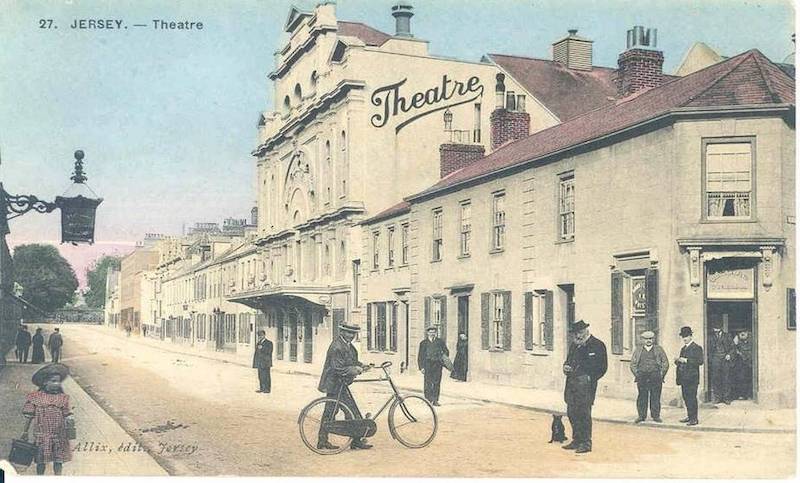
Pictured: Postcard of the Opera House from 1910. (Jersey Heritage)
The first sign of an issue was at about 02:30 when Mr C Amy, of 30, Seaton Place, was roused from his sleep by what he thought was heavy rain beating against his window. He discovered that it was the sound of crackling wood and falling sparks from the dressing rooms, which were next to his home.
He quickly changed and made his way to the Police Station at the Town Hall to raise the alarm. On his way, he met some of the actors from the pantomime and he informed them that the Theatre was ablaze.
On being told of the inferno, PC Le Breton and Le Reverend, with assistance from Amy, transported the larger of the two fire engines at the station to the scene.
In the meantime, the actors who had met Amy started making their way around the area warning residents of the ensuing blaze. One of those awoken was Le Cras, the caretaker, who went into the building and attempted to extinguish the fire with one of the small theatre hydrants.
At the same time, Mr Woolcott, the stage carpenter to the pantomime company, arrived at the Theatre and joined Le Cras to try and put out the fire. Unfortunately, by this time it had taken hold, with flames spreading to the ceiling of the Theatre, which was made up of canvas and was consumed within minutes.
Within seven minutes of the alarm being raised at the Police Station, the first appliance arrived, soon followed by a second one. The hoses were hooked up to the hydrants in Gloucester Street and the battle to get the fire under control began but it was too late to save the building.
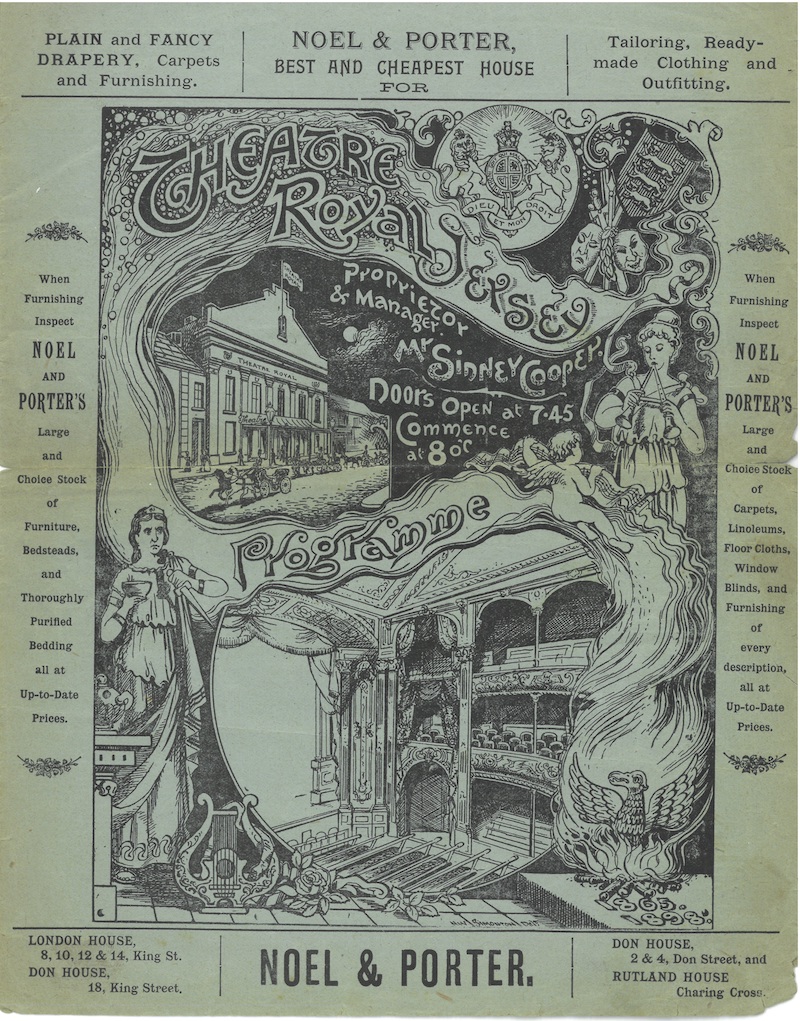
Pictured: A Theatre Royal programme from 1898. (Jersey Heritage)
Just 40 minutes after the fire was discovered, the roof collapsed leaving only the outside walls of the Theatre standing. By this time, a large crowd had gathered, drawn by the alarm bugles that were being sounded at Fort Regent and Elizabeth Castle and the flames being thrown upwards into the sky.
The Evening Post reported that the fire was observable from all over St Helier, “whilst the interior of the building, with its mass of burning woodwork and hangings, its twisted, nearly white-hot, iron work and darting tongues of flames, present the veritable appearance of a fiery furnace-a hopeless scene of destruction from which it appeared nothing could be saved”.
The Theatre Royal was lost but work continued to stop the fire progressing which, fanned by a wind blowing down Gloucester Street, was threatening to ignite neighbouring properties.
A small cottage next door and occupied by Mrs Simon was destroyed, along with most of her belongings. A dwelling in Seaton Place occupied by Mrs Keough was rendered completely uninhabitable by the quantities of water poured into it.
The newspaper noted that a massive amount of furniture and belongings from the neighbouring properties were put into the street to ensure they were safe. Indeed, some officers, who were returning from a dinner at the Pomme d’Or Hotel, were rather overzealous. They threw belongings out of the windows of houses that weren’t in immediate danger, particularly those of Mr P Denize and Mrs Argo, causing damage and destruction.
This included furniture and crockeryware that didn’t survive the fall. Three young officers were told to appear in front of the Connétable as a result of this behaviour.
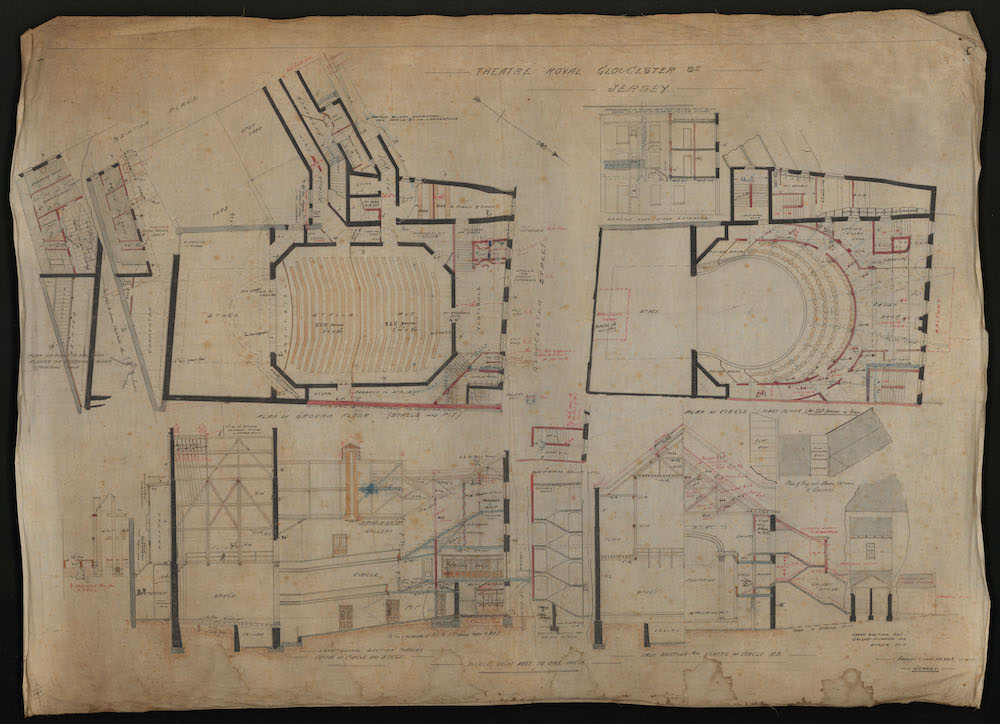
Pictured: Plan of Theatre Royal from 1899 by Adolphus Curry to be rebuilt after fire. (Jersey Heritage)
The fire was brought under control by about 05:00, at which time another engine was brought by a detachment of the Glo’sters, a regiment of the British Army based in the island at the time, to assist with the efforts. The hoses from the fire engines were finally turned off at 07:00 having been working for most of the night.
At 07:30, the block that had held the dressing rooms was searched for a ‘fireproof’ box that contained the books and documents relating to the management of the theatre, together with an amount of gold money. Unfortunately, the box was not as fireproof as it was advertised and the only remnants to survive intact were the coins.
Gloucester Street was barricaded off at 10:00 to avert the risk of the building collapsing and injuring passers-by.
The cause of the fire remained unknown but as it was first discovered in the dressing rooms, this is where it was thought to have begun.
The building was covered by insurance, but the members of the pantomime company lost almost all of their belongings and a benefit entertainment was organised at West Park Pavilion the following week to raise money to assist them in their hardship.
An anonymous letter appeared in the newspaper the same day bemoaning the state of the fire engines. It read: “It is a deplorable state of things that a town of this size has not realised that it is a hundred years behind the times…When will the Municipality awake from its lethargy and realise that it is time to organise a regular fire brigade with the latest steam fire-engines!”
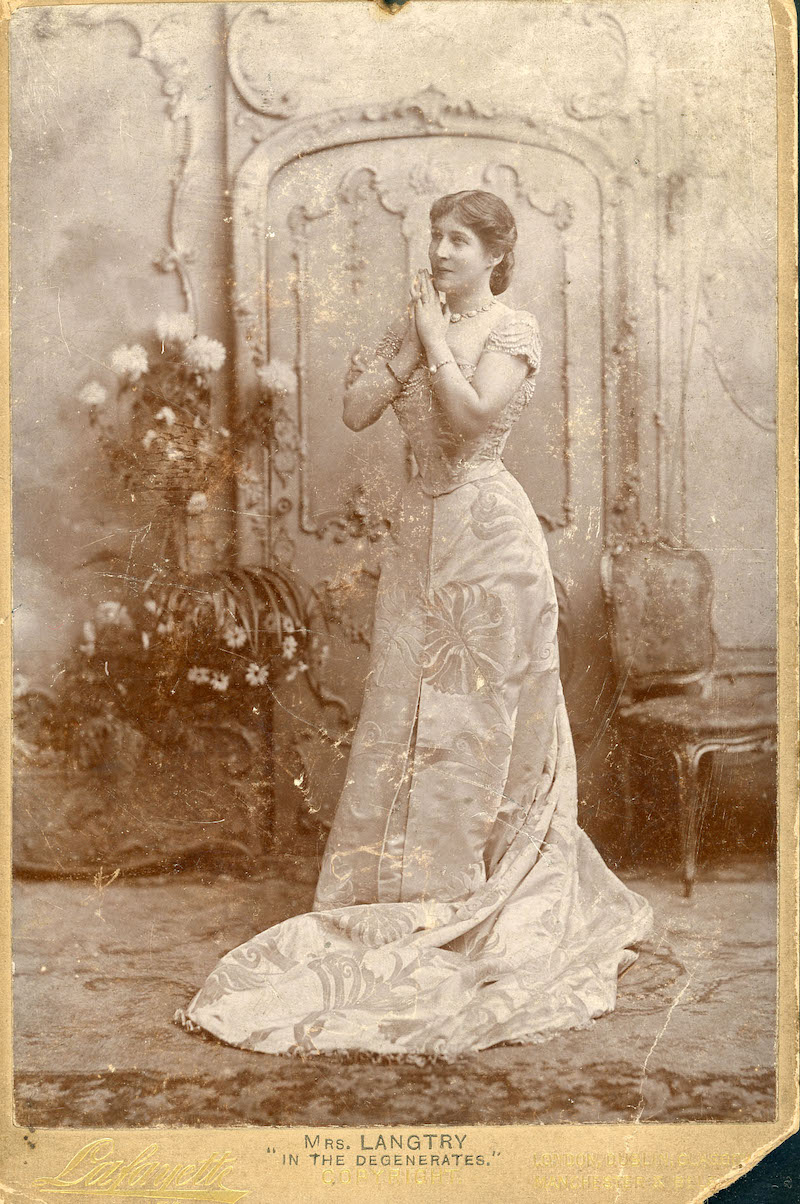
Pictured: Lillie Langtry performing in the play, 'The Degenerates'. (Jersey Heritage)
The Jersey Independent and Daily Telegraph reported that a group had ascended the neighbouring property to attempt to douse the flames “but the lack of pressure on the Waterworks mains, with the defective apparatus of the fire engine, made this task an almost hopeless one”.
Theatre owner Sidney Cooper wrote to the newspaper on 3 April thanking the island community for their sympathy and support after the devastating fire.
This disaster did not stay headline news for long. Just a day later, the clipper Stella crashed into rocks at the Casquets, leading to the loss of 80 lives.
The new Opera House was built following the design of noted architect Adolphus Curry. It opened the following year on 9 July, with famous socialite and actress Lillie Langtry performing in the play, ‘The Degenerates’.
For more stories from the archives, you can take a look at the Archives and Collections Online catalogue.
Comments
Comments on this story express the views of the commentator only, not Bailiwick Publishing. We are unable to guarantee the accuracy of any of those comments.